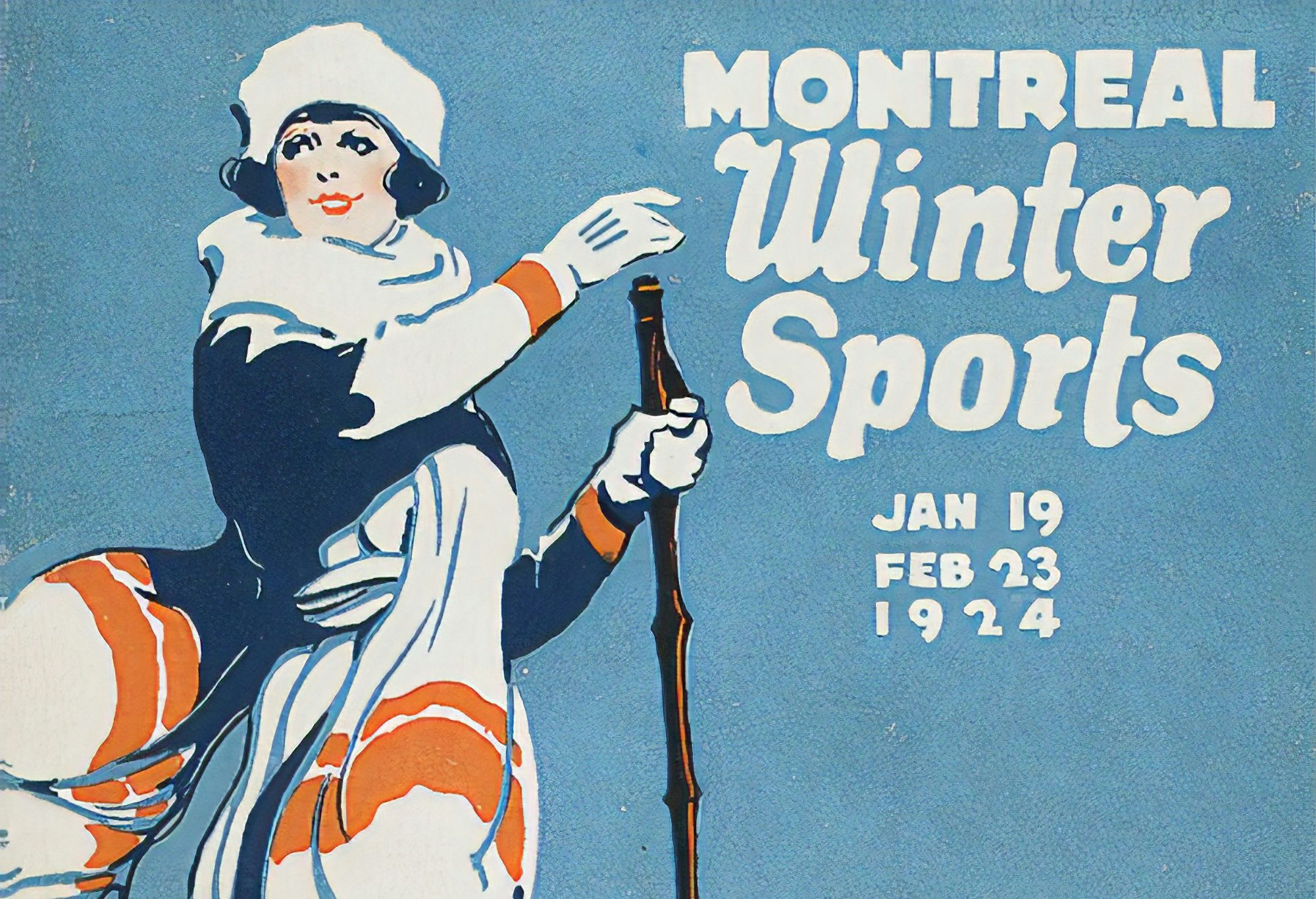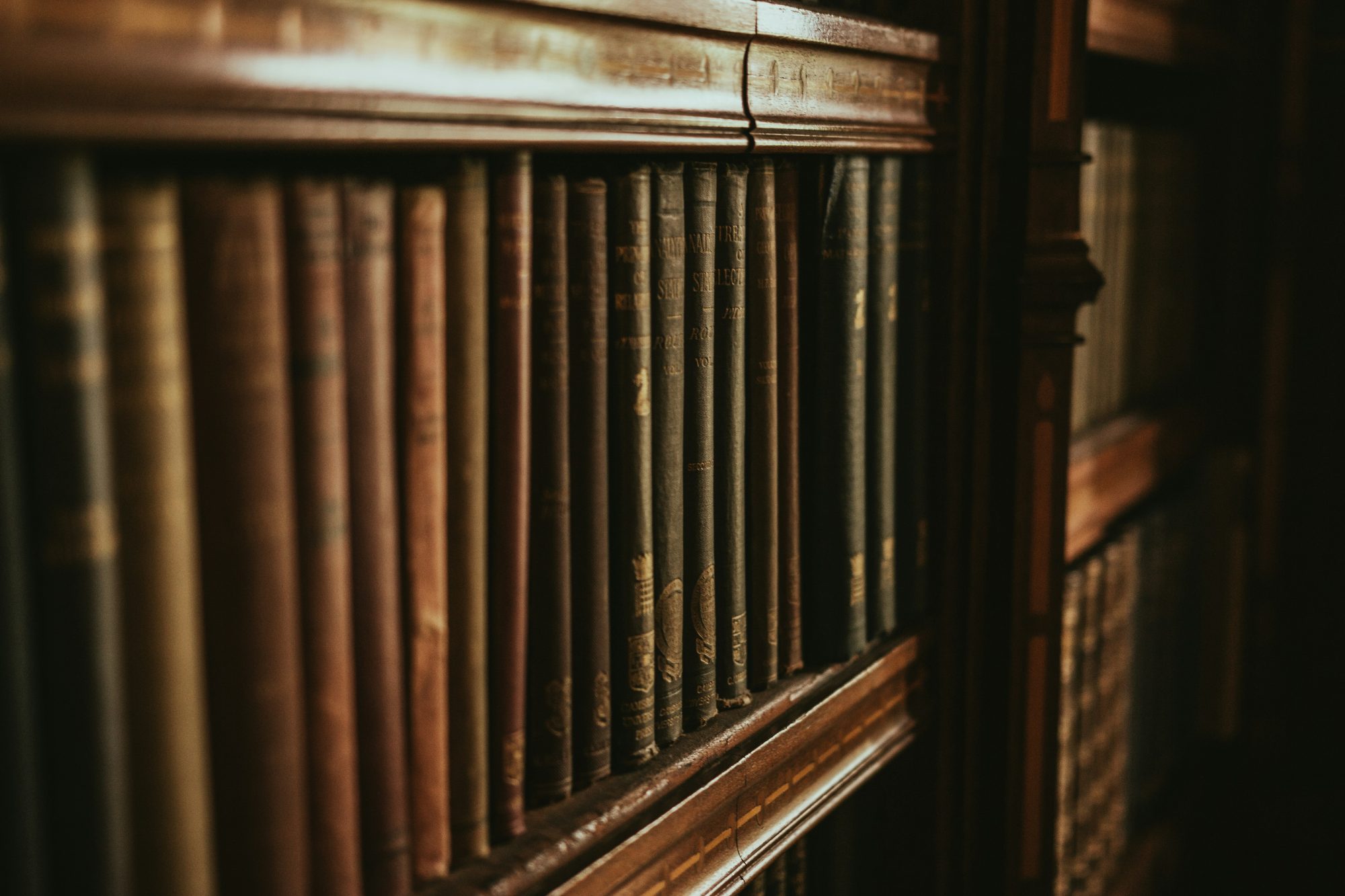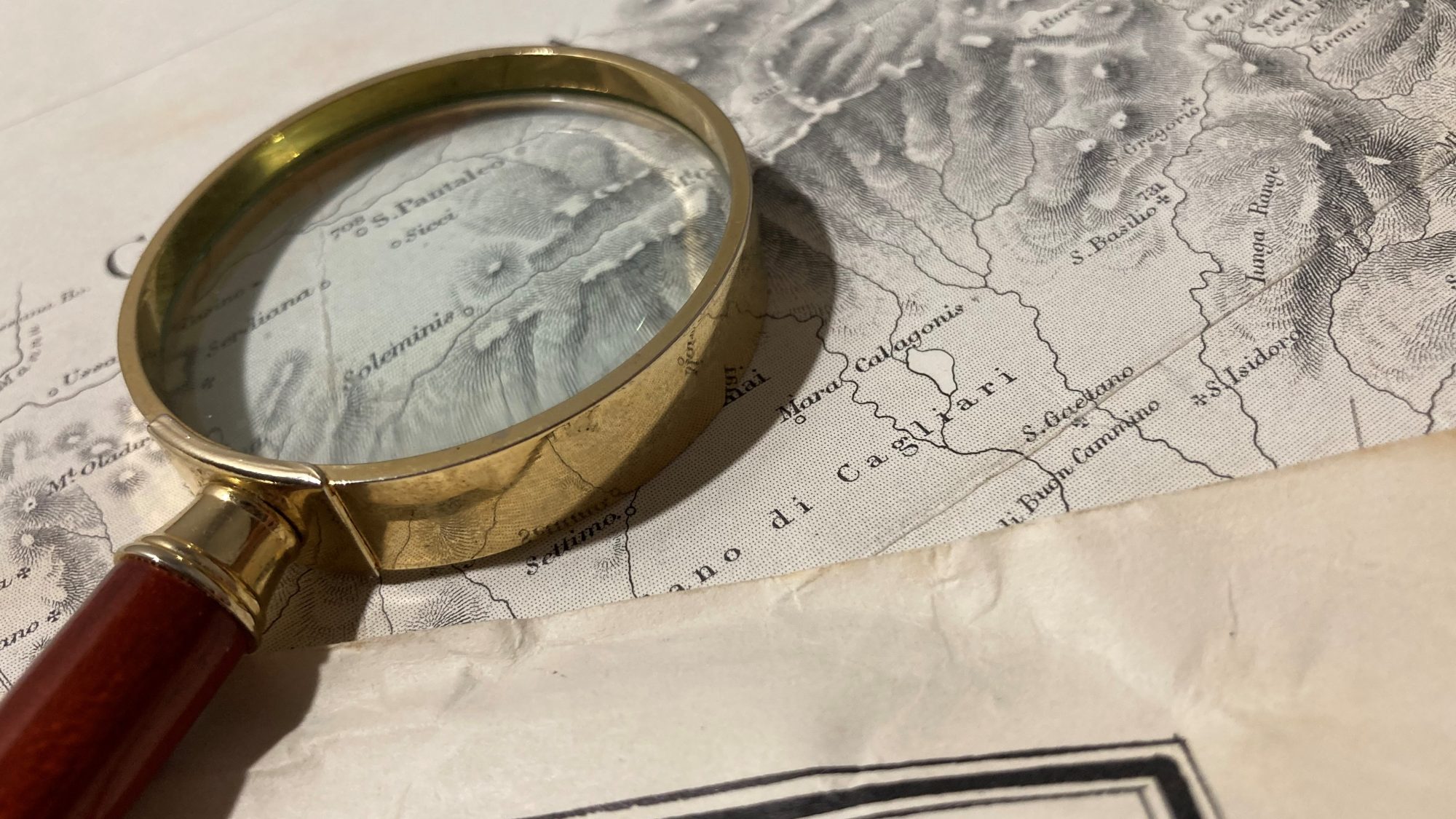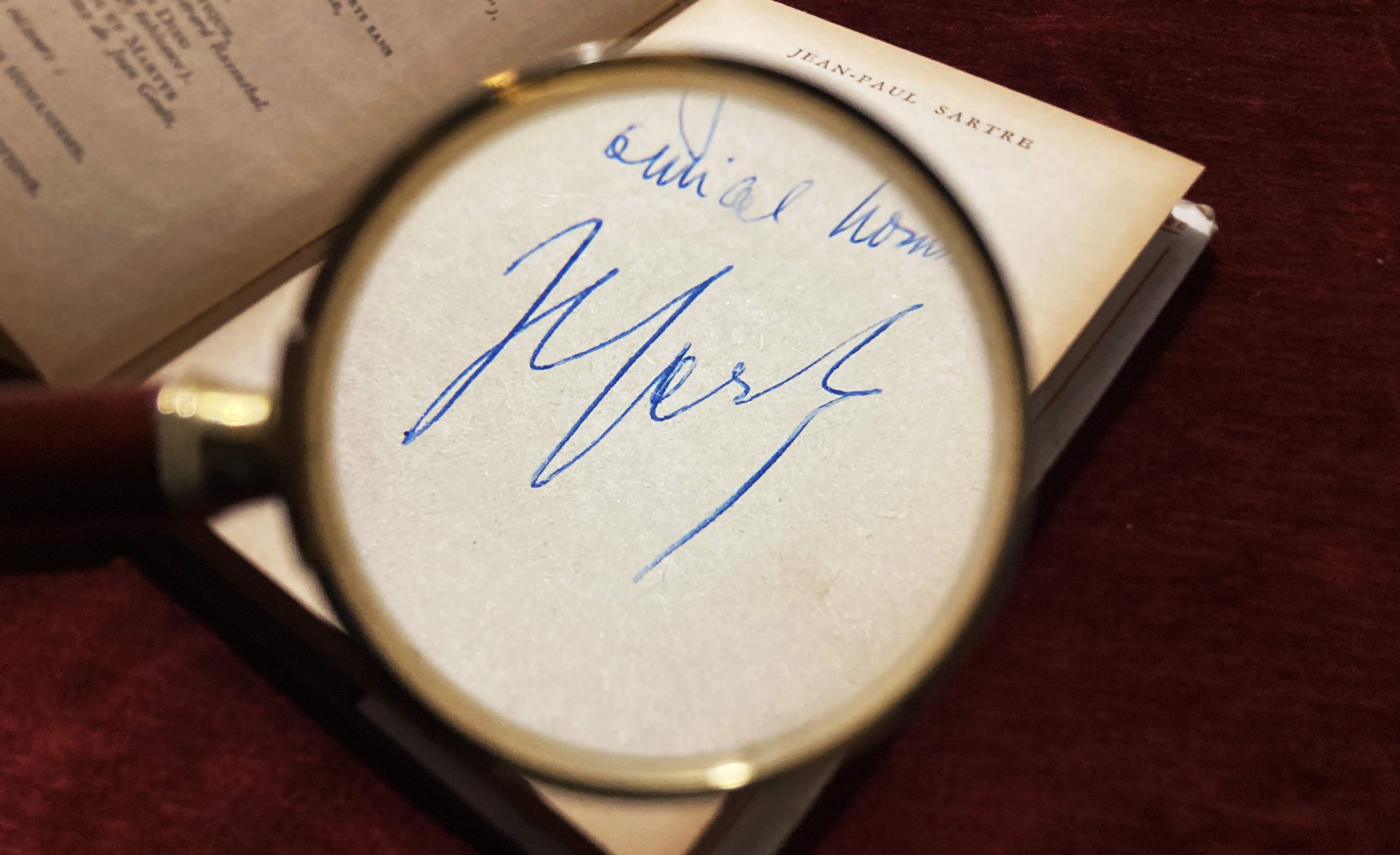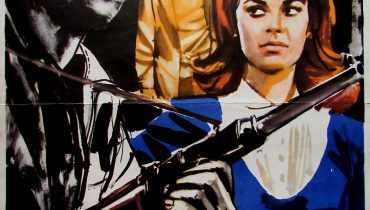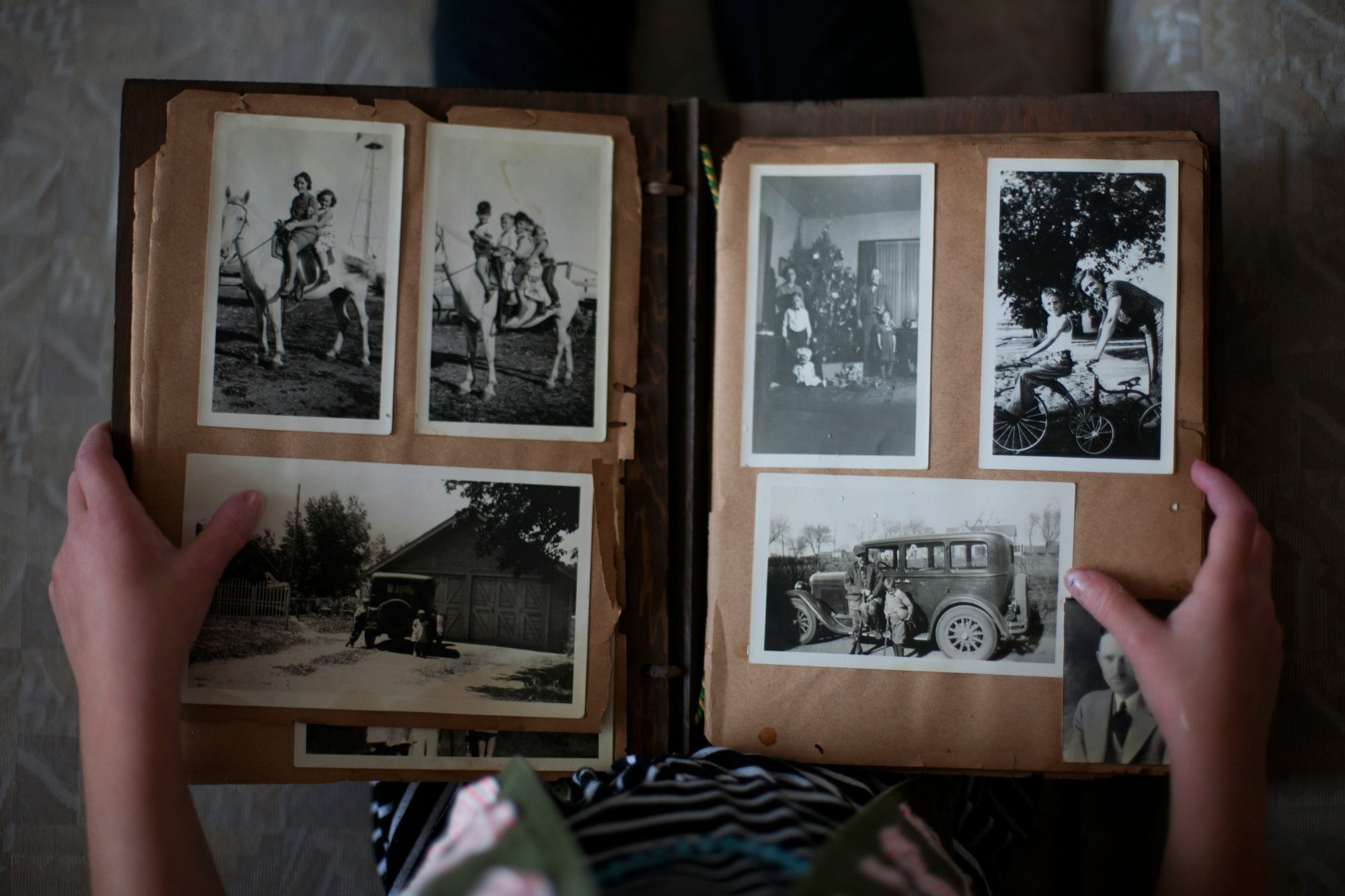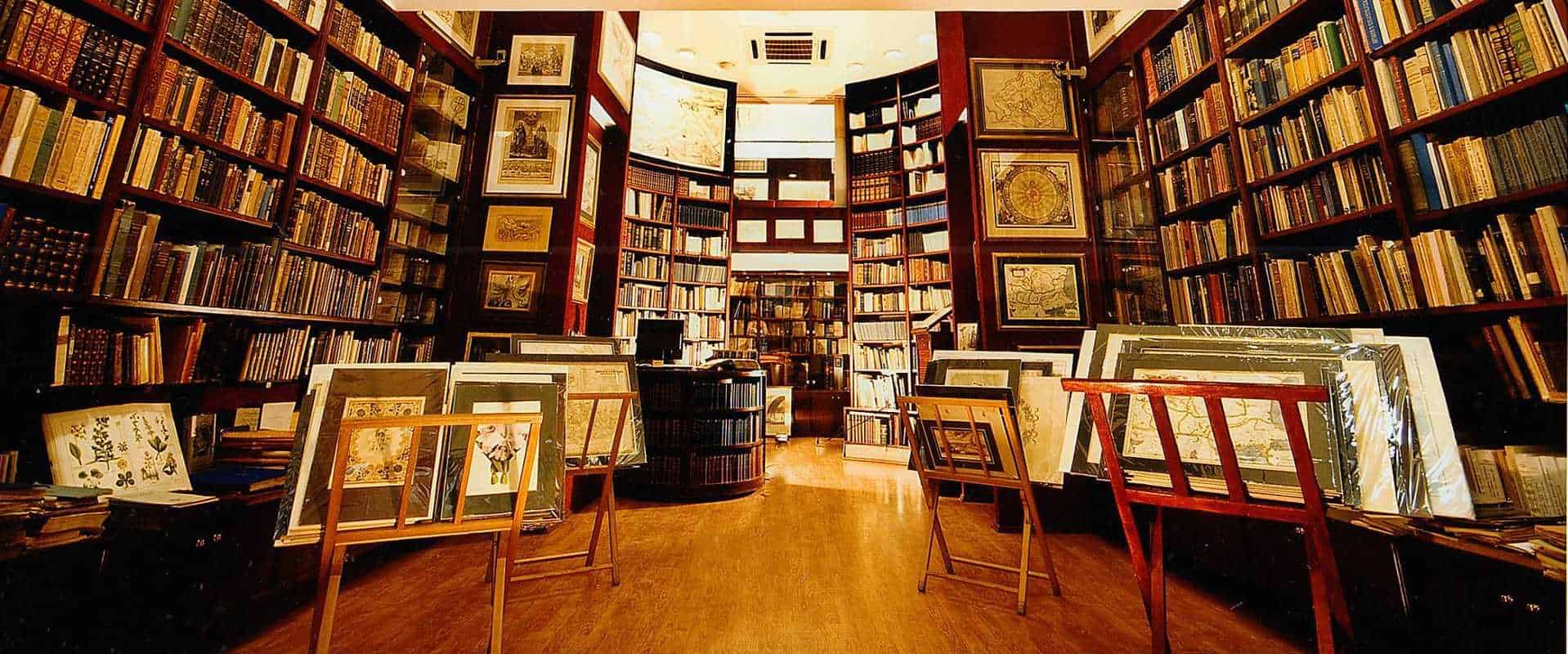Books and Their Bindings
The book is not just its text. To love literature is one thing, to love books requires a different type of admiration. Learning to appreciate the art of bookbinding can be the first step to appreciating books beyond their literary value. There are various types of bookbindings, and each tells its own story.
Whatmore, the craftsmanship of bookbinders requires skills and technical know-how, as well as an artistic soul. Book owners take pride in the fact that their libraries contain valuable books or rare first editions, but that’s only half of it. It’s always impressive to see shelves with beautifully decorated bindings.
Standard Book Format
Before we can talk about the various types of bindings, we should say a few words about the standard book format, also known as a codex. The word “codex” comes from the Latin “caudex” which stands for the trunk of a tree or block of wood. It also refers to a book constructed of a number of sheets of paper, vellum, papyrus (or other similar materials) with hand-written contents.
These books were usually bound by stacking the pages and fixing one edge with a cover slightly thicker than the sheets. It is safe to say that codexes made quite a revolution in the history of bookmaking and shaped the former into the form that we know today. The previous standardized book format was the scroll. First described by the 1st-century Roman poet Martial, who praised its convenient use. Later on, the codex gained popularity and totally eclipsed the use of the scroll by the 6th century.
Although the term „codex“ is mostly reserved for the manuscripts made before Gutenberg’s revolution, modern books are technically also codices.
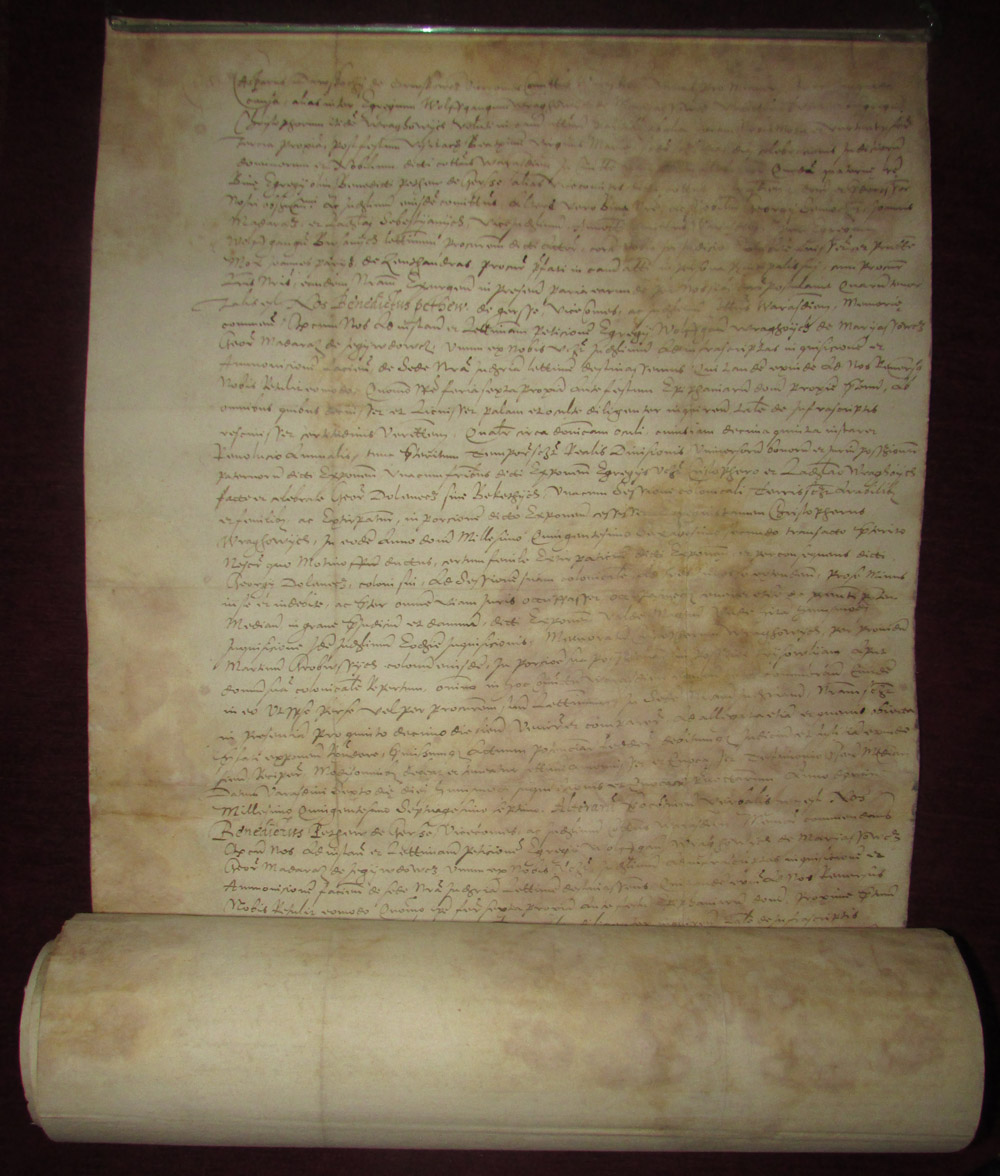
By popular demand, we present you with a scroll. Unfortunately not from the 4th century but from the 15th-century Archduchy of Austria.
Common Types of Binding
As we standardized the book format, we became more creative in another regard. That is, in the various types of bookbinding. We can now talk about some of the most common types of bookbinding, and we will do so in chronological order:
Vellum or Parchment bindings
Vellum comes from the Latin word vitulinum meaning “made from calf”, leading to Old French vélin – “calfskin”. It often refers to a parchment made from, surprisingly, calfskin. Calfskin was processed for writing or printing, to produce single pages, scrolls, codices, or books.
Today the term “vellum” is normally reserved for calfskin, while any other skin is called “parchment”. Vellum was most commonly used in bookbinding while parchment was used for other purposes. The latter was used to cover panels (wooden or cardboard) or alone without any backing. Most vellum bindings are simple and undecorated. It was common for books printed in larger numbers to be bound in velum.
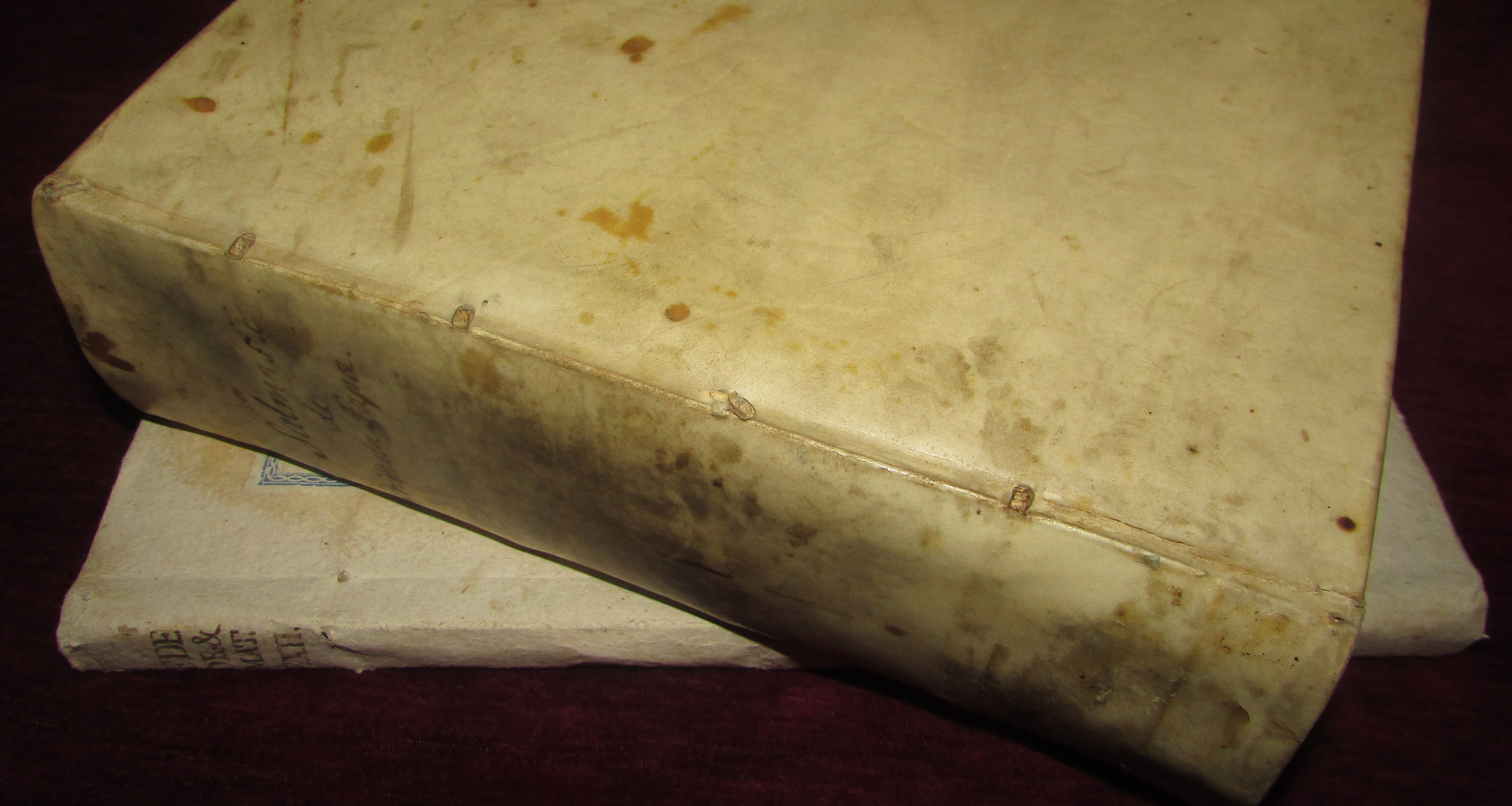
Vellum and parchment bindings.
Leather bindings
As the name suggests, leather bindings are also made from animal skin. The two most common types of leather bindings are Calf and Morocco, the first being more common than the latter. Its natural color is a very characteristic variety of light brown. Morocco bindings first appeared in Europe in the early 16th century. Usually dyed in strong colors, Morocco bindings are most commonly made from goatskin and appeal for their durability as well as their appearance.
Wrappers
A wrapper is a board made of paper (normal or pressed) rather than a thicker material. You may think of these as the precursor to modern paperbacks. This type of binding is representative of the 18th and partially 19th century. Because of the nature of the wrappers and their low durability, finding a book bound in wrappers in perfect shape is quite rare.
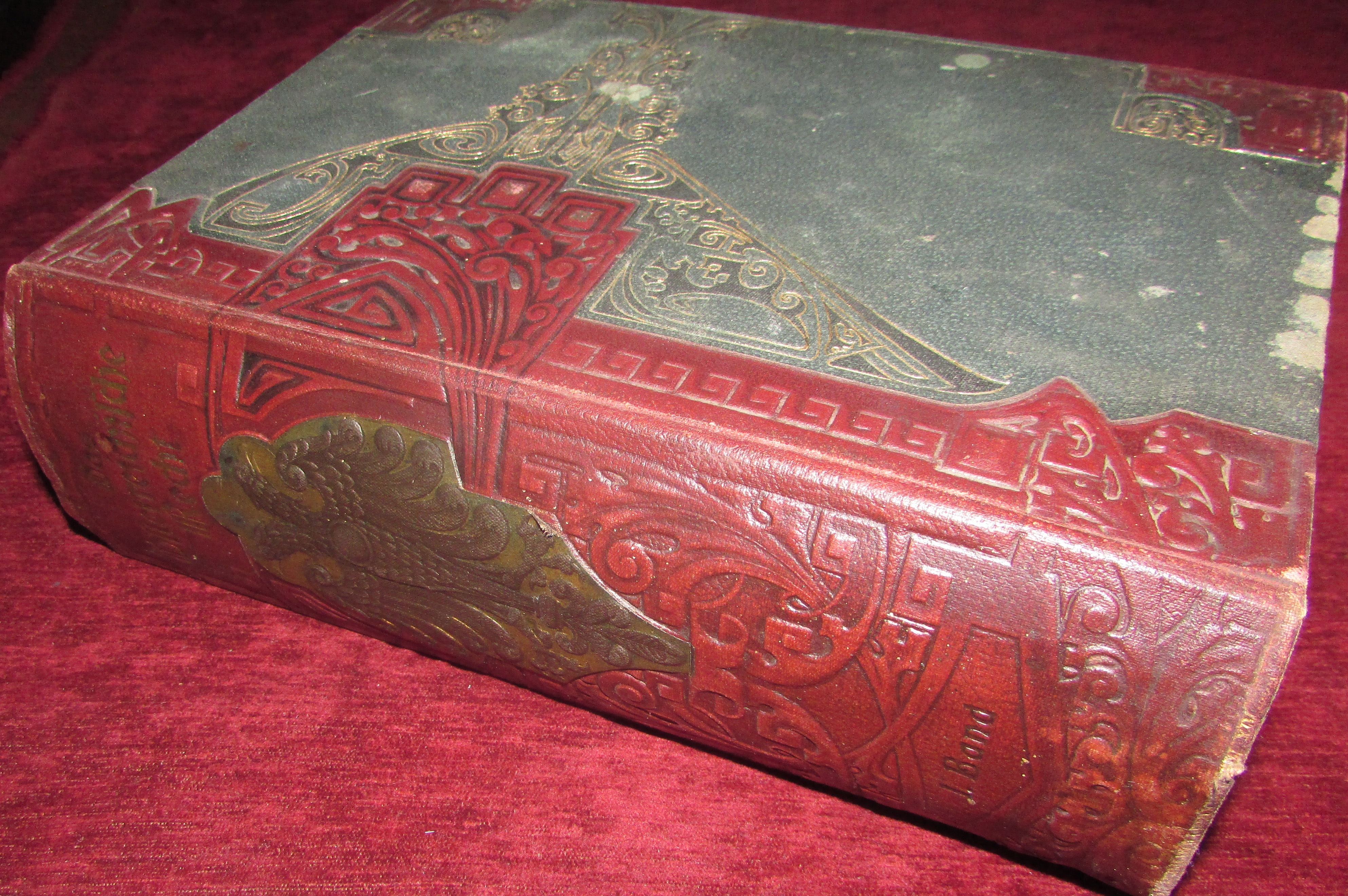
A beautifully decorated, blindstamped and giltstamped leather binding. This type of binding stands to the test of time more successfully than other varieties.
Original Boards
The original boards or covers that the publisher first bound the book in. This usually concerns books published from the 16th to the middle of the 19th century. At the time, it was fashionable to have books custom bound for private libraries library. Often, boards from this era are quite plain, given the fact that they were disposable. Because of this rarity, some collectors find original boards rather desirable.
Cloth binding
Beginning around the 1830s, publishers began binding their books in cloth as an alternative to plain boards. What began as a novelty and an ingenious way for advertising and differentiating books eventually became the norm.
Paperback binding
Paperbacks came into mass production during the interwar period but still retain their popularity. The low cost of manufacture, as well as the rise of literacy, made this type of binding very popular. Paperback bindings offer great potential for cover art. Previous bindings had decorations (mostly) in the form of giltstamp or blindstamp. On the other hand, paperback bindings could display more than just the contours of a seal pressed into a calfskin-wrapped cardboard panel. Paperback bindings offered way more possibilities to designers, who could now print whatever they liked with ease.
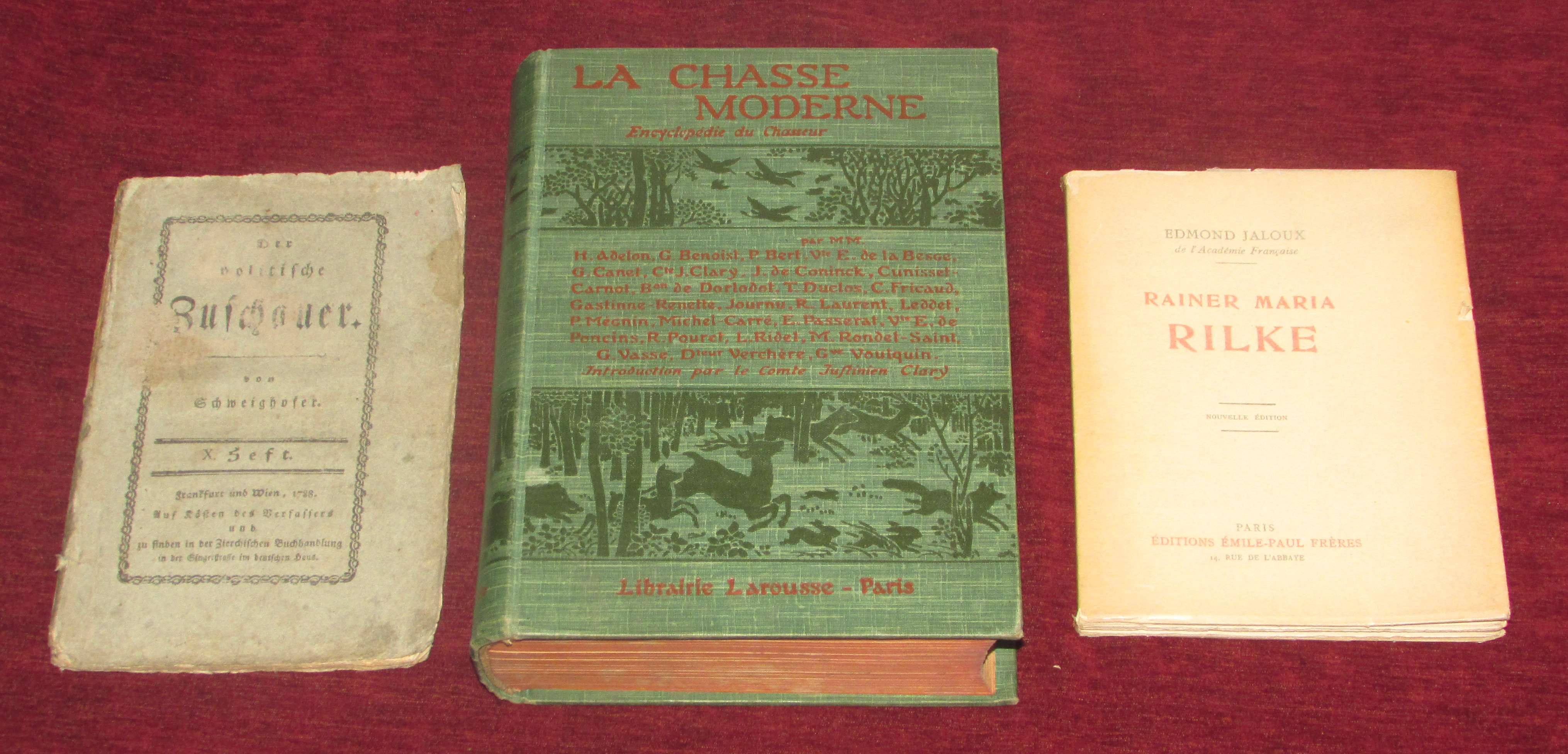
Books with a wrapper, a cloth and a modern paperback binding. Wrappers and paperback tend to degrade much faster than cloth.
Other bindings
Besides the ones listed above, there are other, not-so-common types of bindings. Luxury editions of leather and parchment books can be decorated with various types of metal (gold, silver, bronze, steel, etc.) as well as jewelry. It is also common to bind wrappers in leather or half-leather binding (still maintaining the original wrapper binding), in an effort to preserve it.
Stamps
Most common decorations on leather and cloth bindings are gilt and blind stamps. Colored and multi-colored stamps became popular in the late 19th and early 20th century, as we came to stamp vignettes or illustrations on the covers.
All in all, different types of bookbindings developed relative to their durability, ease of production, and cost-efficiency. However, they grew to mean something more. Now, we can appreciate, not only their historicity but the craft and artistry behind them. Finally, and hopefully, we’ll learn how to tell and admire their uniqueness and rarity.
Dušan Dimitriev
Photos from actual items at our Sigedon Books and Antiques store.


